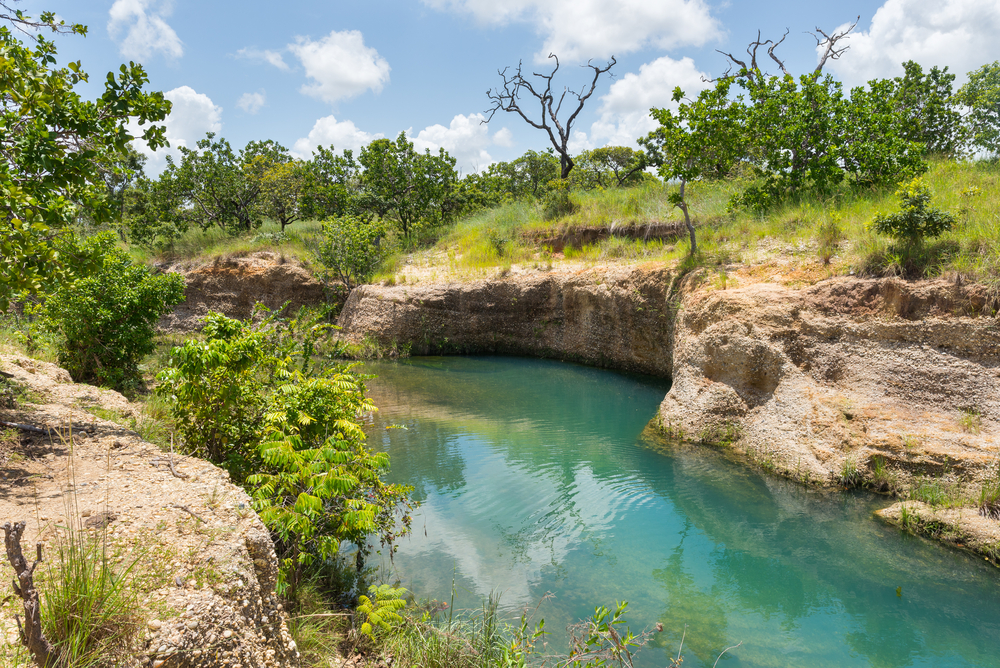Terepaima Overview
Terepaima National Park, or Parque Nacional Terepaima in Spanish, is a protected natural area in the Lara State of northwestern Venezuela. Covering approximately 70 square miles (180 square kilometers), the park is situated in the transition zone between the Andean foothills and the central plains.
It was established in 1976 to preserve the region’s biodiversity, safeguard its water sources, and provide a refuge for numerous plant and animal species. The park lies near the city of Barquisimeto, making it an accessible destination for those seeking to immerse themselves in a vibrant natural environment characterized by lush forests, rolling mountains, and an abundance of wildlife.
The park’s terrain is dominated by mountainous landscapes, with elevations ranging from 400 meters (1,300 feet) to over 1,900 meters (6,200 feet) above sea level. These variations in altitude create a diversity of ecosystems, including tropical and cloud forests, which thrive in the humid conditions of the region.
The dense vegetation consists of towering trees such as mahogany, cedar, and various species of palms. The cloud forest is particularly rich in mosses, ferns, and orchids, providing a strikingly green, mist-covered setting. The park is also a crucial watershed, feeding several rivers and streams that support both the local communities and the wildlife inhabiting the region.
Terepaima National Park is home to a wide variety of wildlife, making it a key area for biodiversity conservation. Among the notable mammals found here are the jaguar, puma, and ocelot, all of which are elusive and rarely seen but essential to the park’s ecosystem. Other species include deer, howler monkeys, capybaras, and armadillos.
The park is also a paradise for birdwatchers, with over 100 bird species recorded, including the striking Andean cock-of-the-rock, various toucans, and hummingbirds. Raptors such as hawks and eagles soar above the forest canopy, while colorful parrots and tanagers populate the lower levels of the trees. The diversity of species reflects the park’s role as an important refuge for Venezuelan wildlife.
Visitors to Terepaima National Park are drawn to its pristine natural beauty and opportunities for outdoor recreation. Hiking is one of the most popular activities, with trails winding through dense forests and leading to scenic viewpoints that offer breathtaking panoramic vistas.
Birdwatching is another major attraction, as the park provides an excellent chance to observe a variety of avian species in their natural habitat. Additionally, the park’s rivers and waterfalls create idyllic spots for relaxation and photography.
Camping is permitted in designated areas, allowing visitors to experience the park’s peaceful atmosphere while being surrounded by nature. Local guides are available for those who want to learn more about the flora and fauna or embark on a more challenging trek.
Despite its protected status, Terepaima National Park faces conservation challenges, including deforestation, illegal hunting, and encroaching agricultural activities. Conservation efforts by park authorities and environmental organizations focus on preserving the park’s biodiversity through monitoring, community engagement, and sustainable tourism initiatives.
Successes include the ongoing reforestation projects aimed at restoring degraded areas and efforts to raise awareness about the importance of conservation among local communities. The park remains a crucial stronghold for wildlife and a cherished natural retreat for visitors and residents alike.















































































